Industry Outlook
Manheim Used Vehicle Value Index Report – November 2016
Tuesday December 6, 2016
Article Highlights
- Auction volume was significantly higher in November as rental companies were able to off-load units no longer needed in the loaner car or insurance replacement segment.
- CPO sales jumped up 10% in November.
- Manufacturers may have more control over future residuals than currently believed.
Wholesale prices fall again in November.
Wholesale used vehicle prices (on a mix-, mileage-, and seasonally adjusted basis) declined 1% in November. This brought the Manheim Used Vehicle Value Index to 124.7 for November, a decrease of 0.3% from a year ago.
Although the growing wholesale supply of used vehicles has been the most discussed story of the year (and rightly so), the weakness in November wholesale pricing was probably more related to new vehicle market activity – channel stuffing and higher incentives. To compete, the used vehicle market needed to adjust prices quickly as inventory turn remains paramount. If our theory for the price movement is correct, manufacturers may have more control over future residuals than currently believed. They will, however, need to better balance new vehicle volume objectives with already assumed end-of-term residual projections.
Employment gains continue.
A 178,000 increase in payrolls in November means that full-year 2016 job gains will likely total 2.2 million – the sixth consecutive year above the 2 million mark, for a six-year total of 14.5 million. Real GDP growth in 2017 is expected to be significantly faster than in 2016, but job growth will likely be slower. Think of it as a capacity issue. The overall unemployment rate is already below 5%, and for college graduates it is only 2.3%. But faster economic growth coupled with slower absolute job gains will, by definition, ensure that the benefits will be more widely and evenly spread. Look for faster wage gains and increased labor productivity.
New vehicles sales: higher, but at a cost.
New car and light duty trucks sold at a seasonally adjusted annual selling rate (SAAR) of 17.8 million in November. A richer mix (i.e., more trucks and crossovers) boosted average transaction prices, but the incentive spend grew much faster. And despite the strong sales, dealers ended the month with higher-than-desired inventory levels. As such, the marketing push will likely continue in the short term.
Used vehicle retail market remains strong in November.
After two months of year-over-year declines, CPO sales jumped up 10% in November. Full-year CPO sales are now set for a record of more than 2.6 million units. Although total used vehicle sales for franchised and independent dealers have yet to be released for November, channel checks indicate that they increased again during the month. The availability of retail financing remains supportive of the used vehicle market.
Rental risk prices continue to ease.
In November, auction prices for rental risk units sold at auction (adjusted for broad shifts in market class and mileage) declined 0.6% from October and 4% from a year ago.
On an unadjusted basis, prices rose to a new high. Auction volume was significantly higher in November as rental companies were able to off-load units no longer needed in the loaner car or insurance replacement segment. The average mileage on rental risk units sold in November was 16% lower than a year ago.
Pricing trends by market class and price tier, and consignor segment.
Every time used compact and midsize cars seem to find a bottom in wholesale pricing, it proves to be false bottom. Such was the case in November as these two segments continued to lead the overall market downward.
An analysis of changes in average mileage by price tier suggests that the weakness in wholesale pricing has moved down the price scale. In November, the softness was most pronounced in the $6,000 to $8,000 price range.

